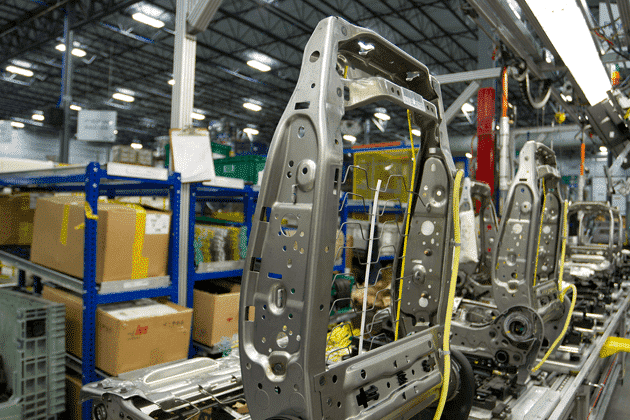How the "Made in America" Movement can Revitalize Manufacturing
The manufacturing sector is growing once again in the US, after a decade of shedding close to 5.7M manufacturing jobs. In recent years, manufacturing employment has grown due to the rebound of the auto industry and reshoring of other manufacturers. Companies that make things keep a competitive edge, plus, customers just want something “Made in America.”

There are often hidden costs when off-shoring that many companies don’t take into account when moving operations overseas. Businesses should look deeper into these hidden costs to uncover expenses related to lower product quality, inefficient supply chains, increased holdings of inventory if overseas deliveries are delayed, customs charges and increased cost of transportation. Business leaders are developing strategies to improve the manufacturing sector, such as:
• Export Certificates – Companies that export goods from the US would accumulate certificates equal to the value of their exports, while companies that wanted to import goods would have to purchase certificates from exporters. This would mean that US-made goods could be offered to foreign customers at lower prices, making them more competitive and eventually reducing trade deficit.
• Value-Added Tax – This tax is used throughout the world, often only imposed on imports at an average rate of 17%. According to the Reshoring Initiative, imposing a 17% tax on $2 trillion/year of imports would generate $300 billion/year in revenue.
• Reduce duplicate regulations and federal mandates.
• Boost job-training programs by collaborating with community colleges to offer more skilled trades. The Labor Department has doled out about $2 billion in recent years for community colleges to design courses for job requirements.
• Get more government funding for manufacturing R&D to solve specific problems and help bring new products to market faster.
• Provide incentives for investment in manufacturing technology and automation.
Per the Wall Street Journal, “From 1995 to 2014, U.S. companies’ stocks of factory-floor production equipment per worker fell 30% to an average of $10,500, according to the Information Technology & Innovation Foundation. The U.S. National Robotics Initiative has spent $153 million on projects since 2012, or about 13% of the applications for funding submitted by researchers. A 2012 study ranked the U.S. 27th out of 42 countries in research-and-development tax credits.”
UNEX has been manufacturing in the US for over 50 years. We help many of our manufacturing clients achieve their Just-in-Time manufacturing goals by improving their assembly and production operations with our state-of-the-art flow racks, conveyors and carton flow solutions. We improve efficiencies and organization in sub-assembly and kitting areas with tracks and shelves that hold products at just the right angle and support faster and more accurate picks.
